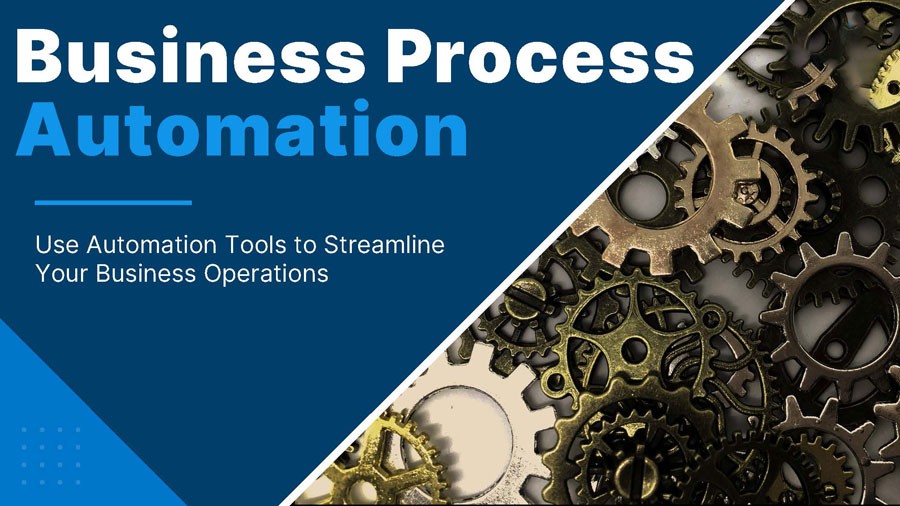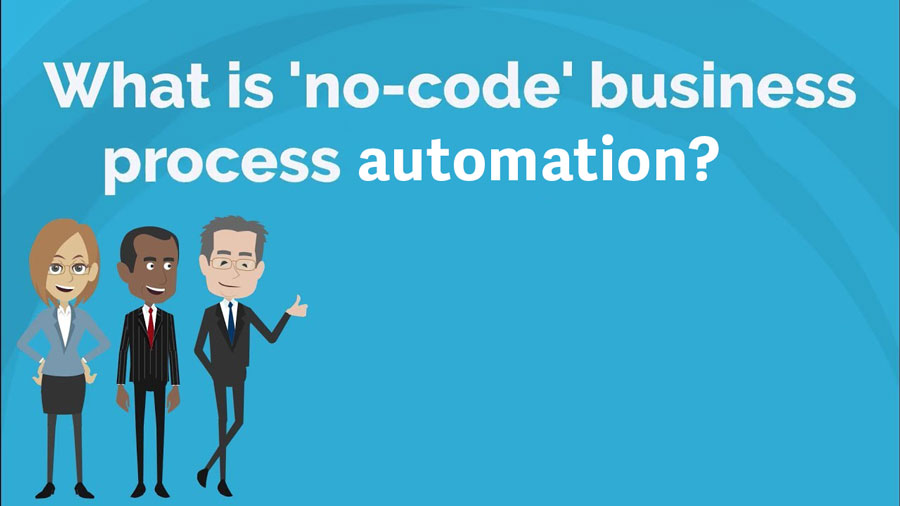Efficiency becomes a decisive factor for every business. Companies are constantly looking for solutions to optimize work processes and maximize productivity. In other words, businesses find ways to fulfill the desire to “do more with less resources”. That’s where business process automation tools come in as a game changer.
BPA tools provide an important solution to streamline repetitive tasks, scale processes, and solve unique workflow challenges. Imagine automating tasks like data entry, approval processes or report generation – BPA tools save huge amounts of valuable employee time and resources, allowing them to focus on more strategic initiatives.
This blog post will delve into the nuances of business process automation tools. We provide you with the knowledge you need to understand how business process automation software tools work, exploring the definitions, the different types available, and the seven automation tools best business processes.
Get ready to unlock the potential of BPA tools and transform your business operations.
What Are Business Process Automation Tools?
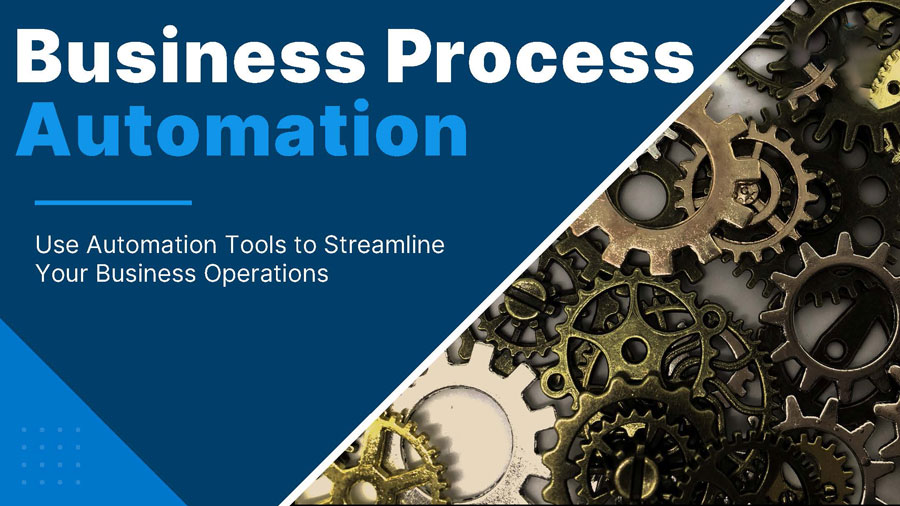
Business process automation tools, also known as BPA platforms or BPA software, act as your automation command center. They equip you to plan, implement, and monitor automated processes, streamlining your workflows and boosting efficiency.
BPA tools often work in tandem with low-code development frameworks. These low-code automation platforms enable even non-programmers to design and manage automated processes. The low-code platform integrates seamlessly with your existing software stack, allowing you to streamline workflows, eliminate data silos, ensure consistency, and create user-friendly interfaces. BPA tools help make processes run more smoothly and efficiently to run your business.
Business process automation tools encompass a range of automation strategies, each tackling efficiency in different ways. Let’s explore some key types:
- Task Automation: This one focuses on eliminating or minimizing manual work in a process. Time-consuming, repetitive activities like sending emails, creating reports, collecting signatures, or updating statuses will be automated.
- Workflow Automation: Here, the objective is to automate a predefined sequence of tasks and activities. While some workflows can be entirely automated, others might benefit from a hybrid approach. Repetitive tasks can be automated, while those requiring critical thinking or decision-making remain in the hands of your employees.
- Process Automation: This takes a broader view, analyzing an entire process from start to finish to identify all potential automation opportunities. It essentially combines task and workflow automation to streamline the entire process.
- Robotic Process Automation (RPA): This utilizes software robots or “bots” to automate specific tasks. These bots are ideal for highly structured, repetitive tasks performed in exactly the same way each time, like logging into a system, retrieving data, and transferring it to another system. They excel at handling tasks requiring no decision-making, freeing up your employees for more strategic activities.
- Intelligent Automation: This advanced approach combines task, process automation, and RPA with artificial intelligence (AI), data analysis, and other cutting-edge technologies. This allows for automating even higher-level tasks like complex decision-making, ushering in a new era of intelligent workflows.
Top 7 Business Process Automation Tools in Market
Choosing the right Business Process Automation tool can be overwhelming with so many options on the market. But worry not! Here’s a curated list of the seven best business process automation tools to consider for your business, along with their key features and pricing details to help you make an informed decision:
Cflow
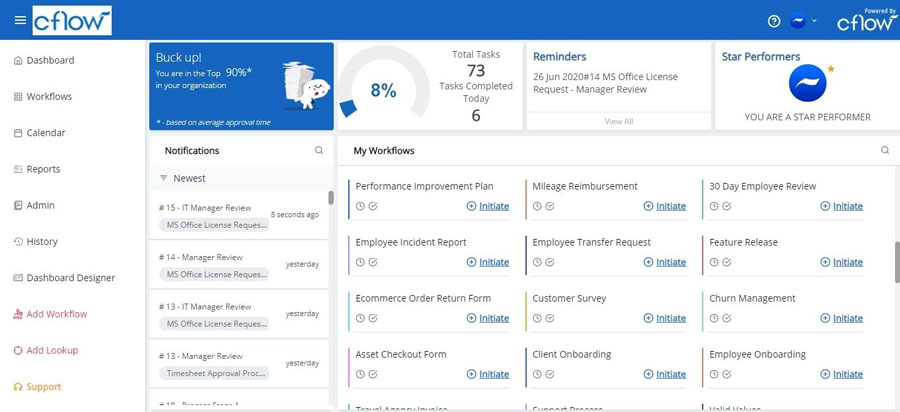
Cflow is your one-stop shop for Business Process Automation. This cloud-based, no-code BPM software simplifies workflow creation with its intuitive visual builder. Effortlessly automate key business processes across your organization: procurement, finance, HR & admin, sales & marketing, and IT operations.
Key Features:
- No-Code Visual Workflow Builder: Drag-and-drop functionality makes building workflows a breeze, even for non-technical users.
- Document Management: Organize and store documents seamlessly within your workflows.
- Rules Engine: Set up automated decision-making based on predefined rules.
- Integrations: Connect Cflow with your existing applications for streamlined data flow.
- Auto Approvals: Automate approval processes to eliminate bottlenecks and speed up tasks.
- Data Encryption and Security: Keep your data safe with robust security features.
Pricing: Cflow offers three flexible plans to suit your team size and needs.
- Happy Plan ($7/user/month): Ideal for small teams, offering a perfect entry point to workflow automation.
- Joy Plan ($11/user/month): Caters to growing teams, providing increased capabilities for managing larger workflows.
- Bliss Plan ($16/user/month): Built for enterprise-level needs with advanced features and scalability.
Bizagi
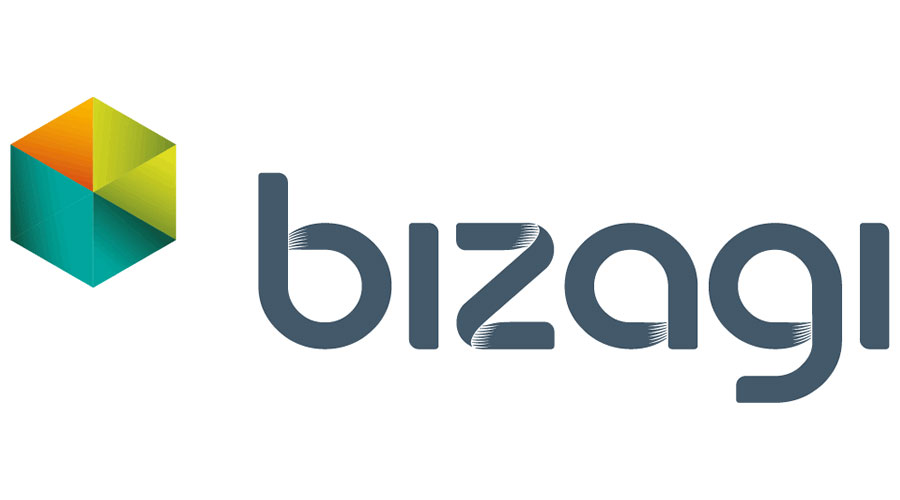
Bizagi Modeler is intuitive cloud-based software that takes business process automation a step further by offering powerful process modeling capabilities.
Key Features:
- Intuitive Process Designer: Visually map and document your business processes within a central, collaborative workspace.
- Customizable Reports: Generate tailored reports to identify improvement opportunities and track progress.
- Seamless Business Collaboration: Foster teamwork with role-based access and collaborative editing features.
- Process Exchange Marketplace: Discover and share pre-built process templates for a jumpstart.
- Expert Community: Tap into a network of professionals for support and best practices.
Pricing: Bizagi Modeler offers a consumption-based pricing model. Reach out to their friendly support team for a custom quote tailored to your specific usage requirements.
Appian
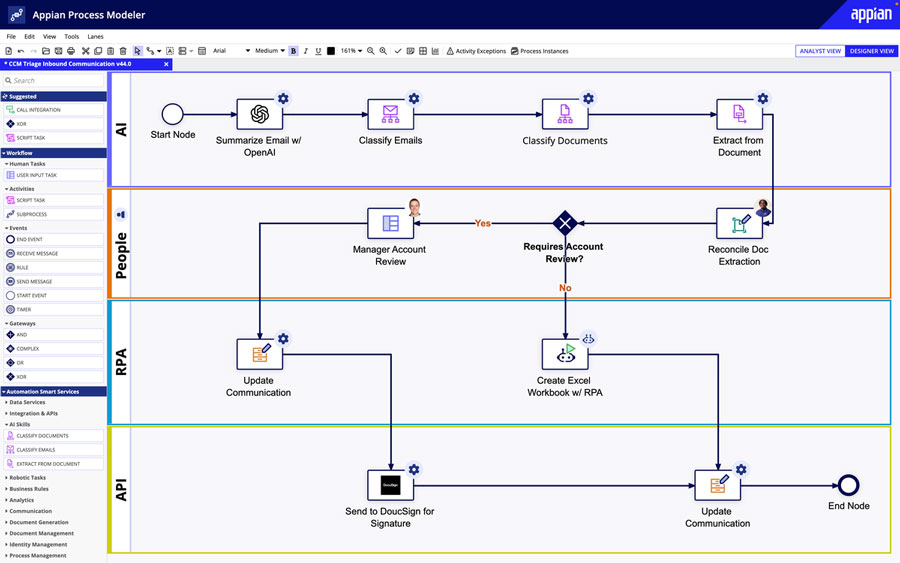
Revolutionize your processes with Appian, a leading software solution for business process automation. Appian empowers organizations to design, automate, and optimize workflows, driving increased efficiency and improved customer experiences.
Features:
- Low-code Development: Build applications and automate processes quickly with minimal coding, even for non-technical users.
- Full-Stack Automation: Automate tasks at every level, from user interaction to back-end operations.
- Intuitive Drag-and-Drop Interfaces: Create user-friendly interfaces for applications and workflows with ease.
- Robust Security for Data: Safeguard your data with industry-leading security features.
- Real-Time Notifications: Stay informed with customizable alerts and notifications.
- Granular User Management: Manage user access and permissions for optimal control.
Pricing: Appian caters to businesses of all sizes with a range of pricing plans.
- Free Community Plan (up to 15 Users): Experiment with Appian’s core features for free.
- Fully Featured Application Plan ($2 – $75 per User/Month): Choose from tiered pricing based on user needs.
- Platform Plan (Custom Quote): Tailored solution for complex automation needs.
- Unlimited Plan (Custom Quote): Unlock full functionality with a comprehensive licensing package.
IBM Business Automation Workflow
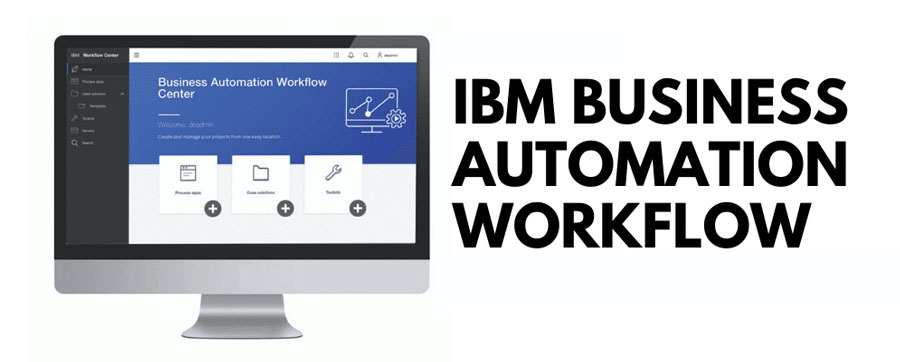
Simplify your business operations with this powerful automation tool. IBM Business Automation Workflow streamlines complex processes for increased efficiency across your organization. Design, test, and deploy workflows effortlessly in a unified environment – whether on-premise or in the cloud. Gain valuable insights to optimize operations, enhance team collaboration, and ensure compliance.
Key Features:
- Effortless workflow design and management
- Robust governance and compliance tools
- Flexible cloud or on-premise deployment
- Real-time monitoring and analytics
- Promotes efficiency through reusable components
Pega Workforce Intelligence
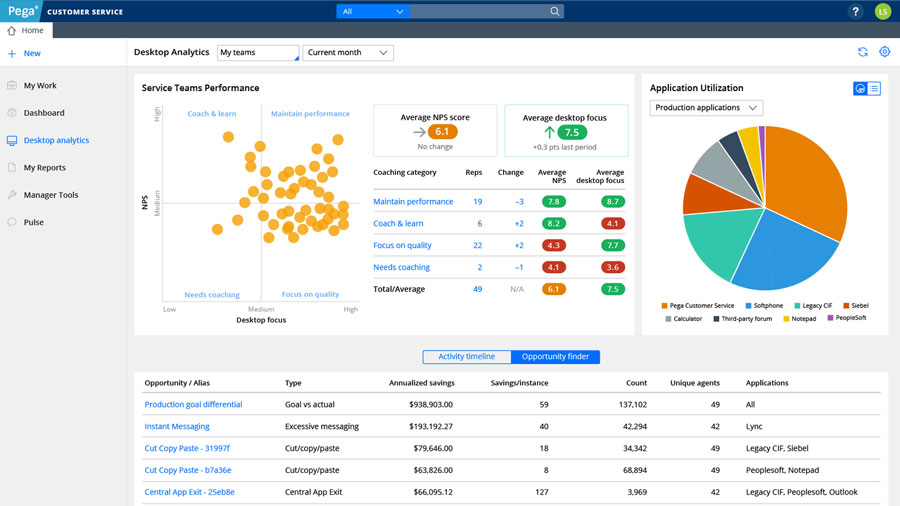
Transform how you do business with Pega Workforce Intelligence. This powerful tool unifies customer experiences, driving smarter decisions and optimizing processes for seamless interactions. Adapt quickly to changing needs and automate across channels, delivering the streamlined service your customers expect. Underpinning it all is the secure, scalable Pega Platform for building future-proof business applications.
Key Features:
- Seamless customer experience through process automation
- Real-time adaptability with intelligent decision-making
- System-wide integration for efficiency
- Focus on development speed and agility (DevOps)
- Cloud-ready for flexible deployment
- Prioritized security for trust and compliance
Process Maker
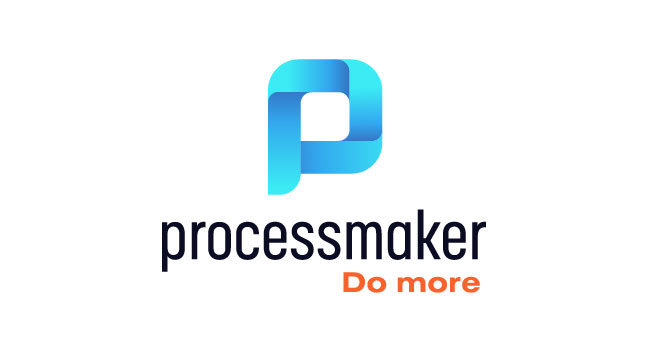
This BPA tool automates your most critical processes, freeing your skilled workforce to focus on value-adding tasks. Say goodbye to manual errors, bottlenecks, and miscommunication. Achieve hyper-efficiency and streamline complex workflows with seamless integration into your existing systems.
Key Features:
- Intuitive low-code automation
- Actionable insights with custom reports
- Easy workflow design (form builder + process designer)
- Personalized view of operations (customizable dashboards)
Pricing:
- Platform Plan (unlimited users) – $1475/month
- Pro Plan
- Enterprise Plan (custom quote)
Asana
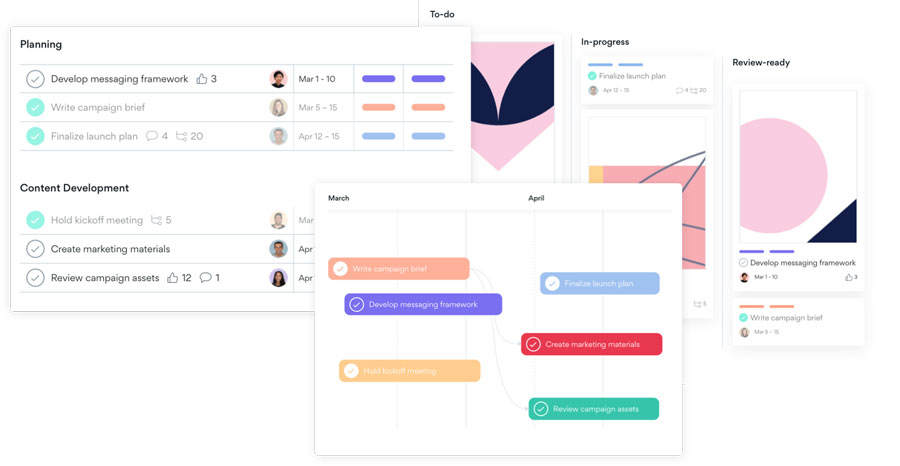
Asana simplifies project management for everyone. Its intuitive interface makes collaboration easy, whether you’re a project manager or on the front lines. Stay organized with pre-built templates, task scheduling, a shared team calendar, and automation for those repetitive chores. And rest assured – advanced security features and detailed permissions keep your data safe.
Key Features
- Easy-to-understand project dashboards
- Seamless file sharing for quick collaboration
- Drag-and-drop interface for effortless task management
- Comment on tasks for clear communication
Is BPA Different from RPA?
Business process automation (BPA) and robotic process automation (RPA) are often mistaken for the same thing, but they have distinct roles to play in streamlining your workflows.
RPA focuses on automating individual tasks with incredible precision. Imagine software “bots” programmed to mimic human actions like logging into systems, copying data, or filling out forms. These bots excel at handling highly repetitive, rule-based tasks, freeing up your employees for more strategic work.
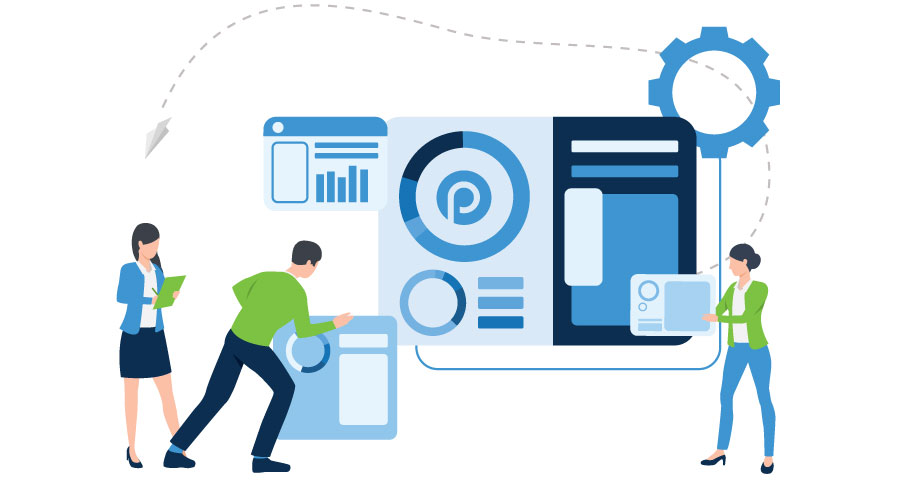
Here’s where BPA takes a broader view. It looks at your entire business process, identifying opportunities to automate multiple steps and workflows. Think of it as a process orchestra conductor, coordinating various tasks to achieve a seamless flow. BPA software typically features a user-friendly, low-code interface, making it accessible even to non-programmers. Furthermore, BPA offers valuable capabilities beyond automation, such as process modeling tools, collaboration features, and performance insights.
So, the key difference lies in the scope of automation. RPA tackles specific, isolated tasks, while BPA orchestrates and optimizes entire processes. A simple rule of thumb: If the automation focuses on a single, repetitive action, it’s likely RPA. If it impacts multiple steps within a larger workflow, then BPA is your automation champion.
How about RPA Cloud
RPA Cloud is on a mission to bring the power of automation to everyone, not just technical experts. Its user-friendly, cloud-based platform empowers you to build software robots that streamline your daily tasks. Forget about complex coding – with RPA Cloud, you can automate processes through a visual, intuitive interface, saving you time and boosting your productivity.
Let RPA Cloud be your tireless digital assistant. Whether it’s mundane data entry, report generation, repetitive web interactions, or complex multi-step processes across different systems – your software robots will handle them with precision. This frees you and your team to focus on more strategic work, improving overall efficiency and delivering greater value to your business.
With RPA Cloud, your automation isn’t tied down to a single machine. The cloud-based nature of the software ensures your robots can run 24/7 from anywhere. Monitor progress, analyze results, and make adjustments on the fly, whether you’re at your desk or on the go. This enables seamless collaboration and increased flexibility.
RPA Cloud understands that businesses need cost-effective solutions. Its pricing model aligns with your usage, ensuring you only pay for what you truly need. As your company grows, so can your automation strategy without breaking the bank. RPA Cloud eliminates the need for expensive upfront investments in hardware or complex infrastructure.
Sign up for a free trial of RPA Cloud and see how it can transform your workday.
Today, businesses need to grasp and update technology to maintain competitiveness. Business process automation tools have become essential solutions, helping to optimize work efficiency and drive growth.
The advent of low-code/no-code platforms in 2023 further confirms the potential of BPA. Thanks to its ease of use, everyone, regardless of technical level, can access and create effective automation processes.
Choosing the right BPA tool is a stepping stone for businesses to improve processes, increase productivity and achieve successful digital transformation goals.
To stay competitive in 2024, businesses must prioritize investing in business process automation software. This blog helps you navigate the selection process. We’ve outlined the key features to look for in process automation software and provided a comprehensive list of the top 7 tools to guide your decision-making.






